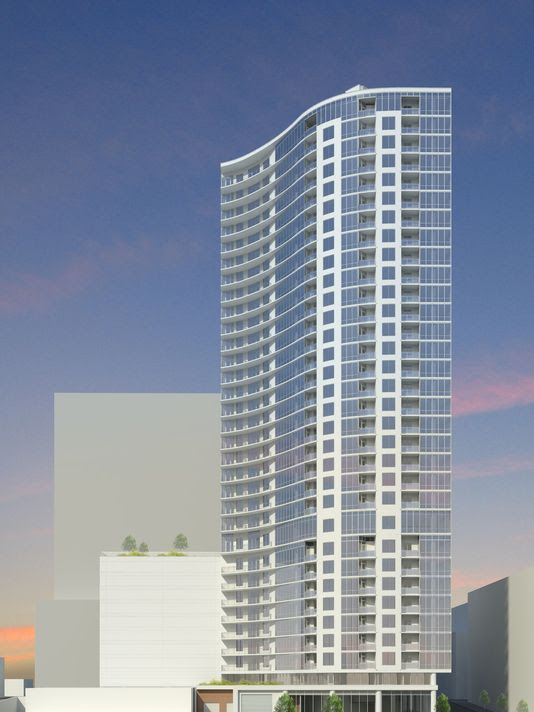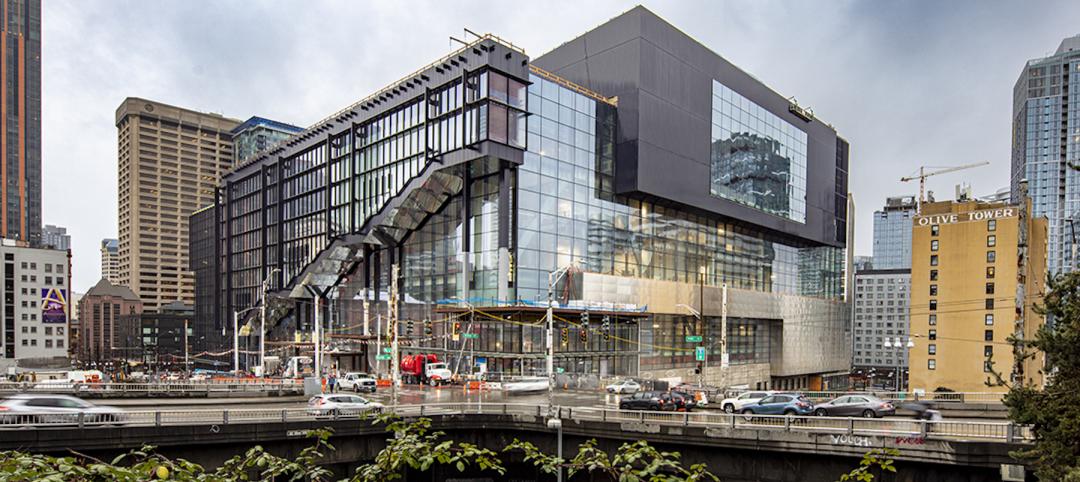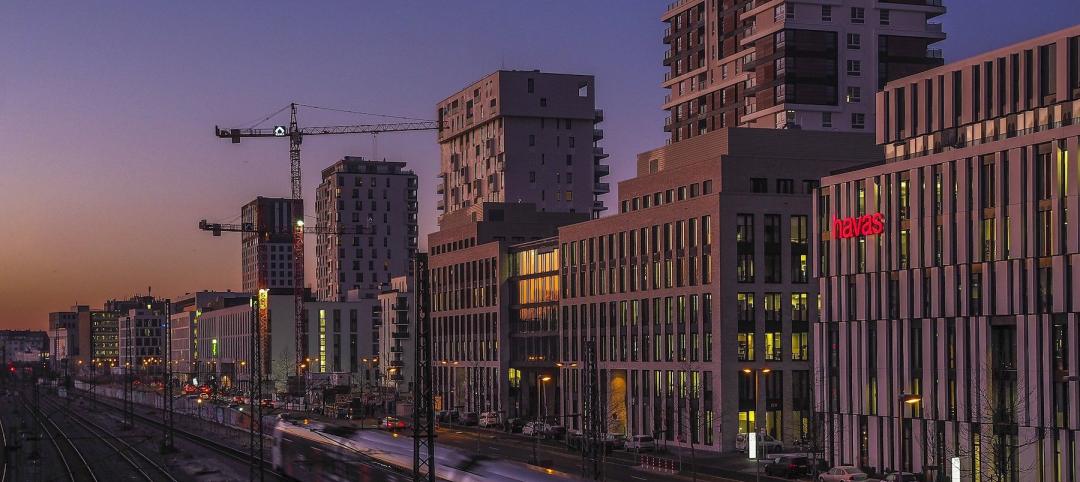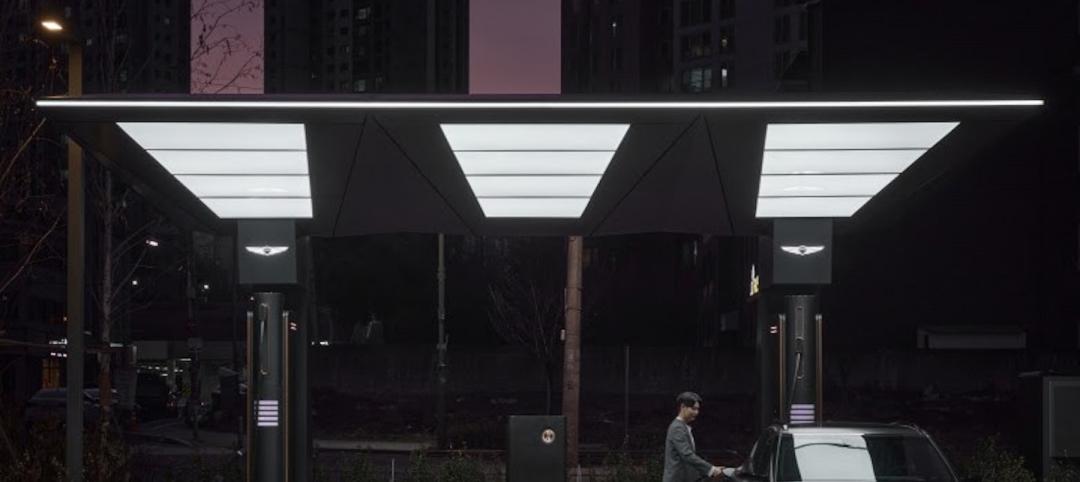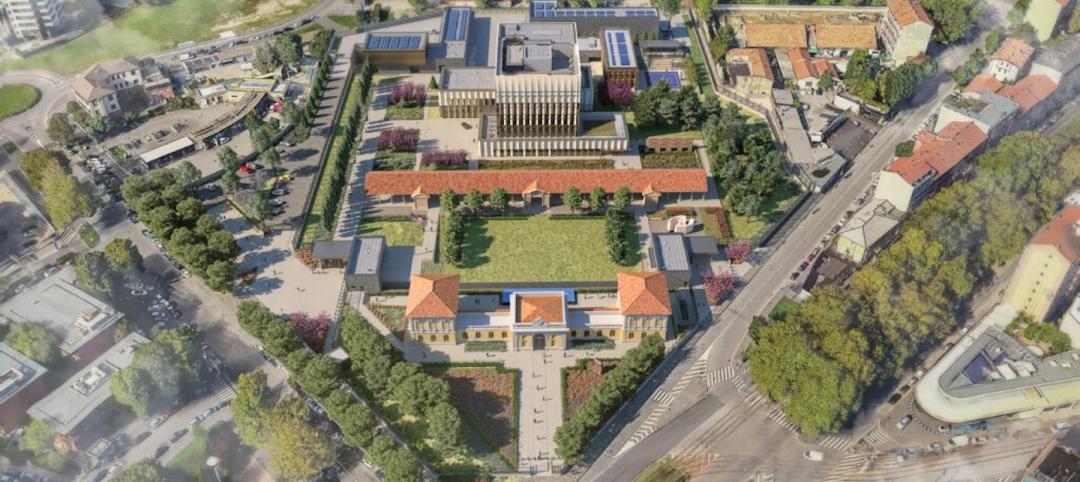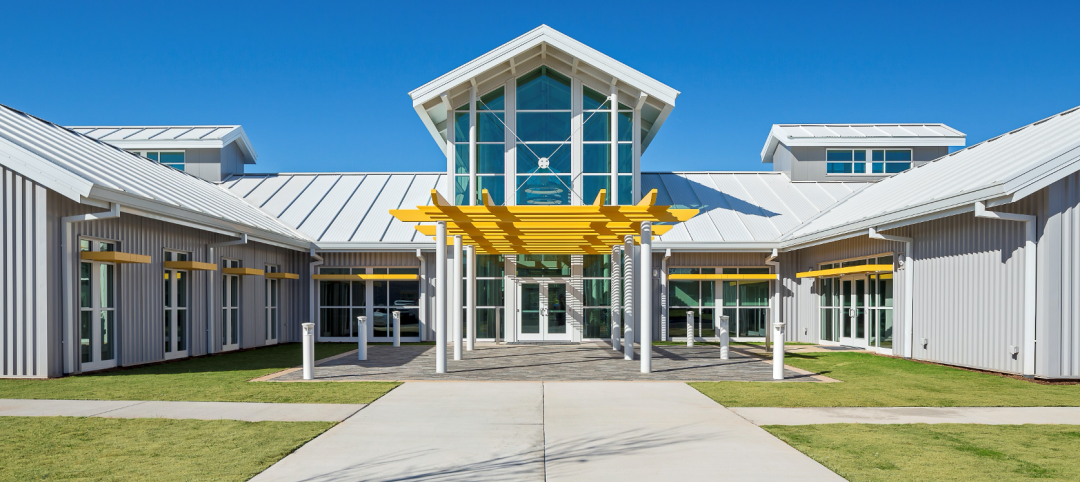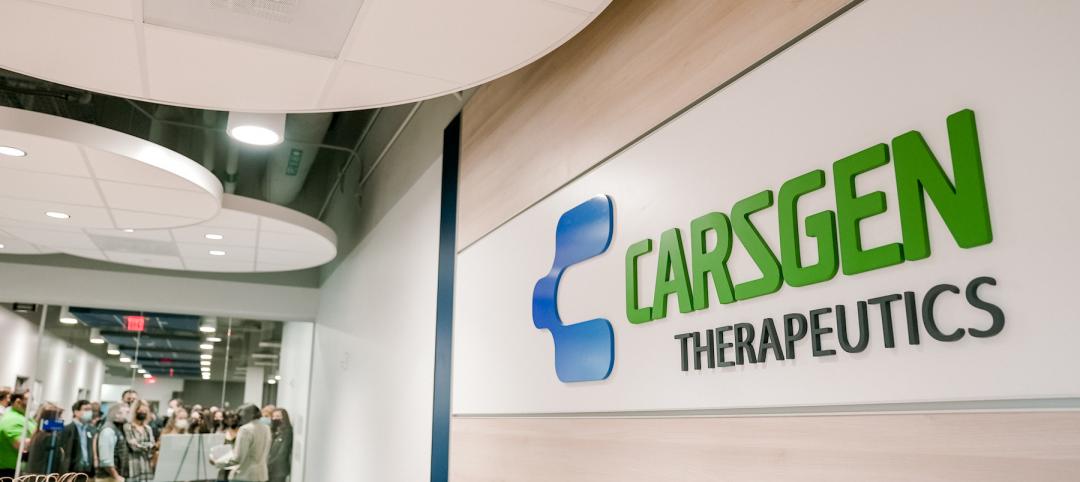Nashville’s going to look a little different in a few years.
In the upcoming months, a gleaming S-shaped tower will join the city’s burgeoning skyline. Nashville’s SoBro (South of Broadway) neighborhood is home to the new $635 million Music City Center convention center, the Country Music Hall of Fame and Museum, the new luxury Omni Nashville Hotel and a bevy of fresh, fashionable bars and restaurants.
The Music City’s mini-boom, driven by a flourishing health-care industry, is being fueled by innovative construction financing that’s helping developers keep up with the city’s surging job growth. The new SoBro tower is just one example of a project financed not with conventional construction loans but with a unique blend of equity and debt that’s being used by developers not just in Nashville, but all over the U.S.
Traditionally, tower cranes have started rising at construction sites as lending volumes go up. And while construction lending is traditionally considered risky and more difficult to underwrite, the stabilizing economy is generating a steady increase in loans.
“Lenders are feeling much more comfortable with the economy’s current state,” said Marisha Clinton, Vice President of Capital Markets for JLL. “Spreads have compressed, the market is competitive, and construction lending offers the appeal of potential high yields in a low interest rate environment.”
What’s different this time around is that lenders, particularly private equity investors, want a piece of the action. Goldman Sachs has set its sights on construction and development lending, Fortune reports. The Wall Street megabank is issuing nearly $500 million in construction loans, up from just $50 million last year. Five years ago, Goldman – known for its investment banking and trading desk more than for its construction financing – had never made a construction or development loan, according to Fortune.
As a result, capital is flowing like wet concrete. In just the first half of 2014, investors and developers secured $254 billion for construction and development starts on an unadjusted basis, ranging from sophisticated Class A office towers in gateway central business districts to manufacturing facilities located in energy-focused markets to multifamily properties in booming job markets—like the proposed tower in SoBro.
It’s no longer just about the honky-tonks in Nashville: professionals are flocking to the Music City. According to JLL’s Capital Markets research, 5.5 percent of Nashville’s multifamily inventory is under construction, compared to the national average of 3.5 percent. The robust pipeline is warranted: Forbes recently ranked Nashville as a top city for business and job growth, citing its fifth place job growth ranking among the country’s top 200 metro areas.
The project is part of a surge in Nashville construction. According to Nashville Downtown Partnership, 68 projects in downtown Nashville have been completed since 2011, and 47 are currently under construction. Since 2013 the SoBro neighborhood has seen $1.2 billion in developments including office, retail, hotel and residential properties.
Expectations for the SoBro tower are, if you will, sky-high: 33 stories at 395 feet, recessing balconies, a green rooftop with a multi-lane lap pool, hot tub, fire pits, barbeque grills and cabanas as well as a lounge, game room and fitness center, 502 parking spaces and 20,540 square feet of ground floor Class A retail space. The financing amount also towers: $91 million for the project. Once completed, SoBro will be the tallest residential building in Tennessee, offering an unobstructed view of the Nashville skyline as well as the Cumberland River.
“When you work in a booming market like Nashville, the opportunities are endless and the demand for a range of property types is huge,” said Tony Giarratana, founder of Giarratana Development and lead for the SoBro Tower development. “Folks are excited about the new designs and what it means for their community.”
Before borrowers break ground, they should know that construction lending is still not necessarily easy to come by. Lenders have very strict underwriting standards – and usually require a large amount of equity.
Essentially all developers will form a joint-venture equity partnership with investors ranging from pension funds to private equity funds to large, institutional shops. Typically, lenders will want to see anywhere from 25 to 40 percent equity from the borrower and lenders will play ball but only with well capitalized, experienced sponsorship.
While the bulk of construction lending comes from large banks based in large such as Bank of America and Wells Fargo, debt funds such as Starwood Capital are starting to provide non-recourse construction loans with higher leverage levels and a cost of debt between five and eight percent.
“Interest rates are still low and very attractive for borrowers, but the trick with construction loans is qualifying,” said David Hendrickson, Managing Director at JLL. “Equity requirements are higher than other types of financing and often these loans have some sort of recourse associated with them. But lenders are showing they are comfortable with current economic recovery and there is plenty of liquidity in the market. Plus, with the amount of mezzanine debt and joint venture equity available, the capital structure for strong projects will come together with the appropriate structuring.”
For example, according to JLL, construction completion volumes have reached 132 million square feet through May 2014, up from 2013’s mark of 90.8 million square feet. And there is more in the pipeline: Class A industrial product is scarce and speculative, national development for the sector has reached 118 million square feet.
Efforts are ramping up in office space as well due to expansionary efforts and increased hiring activity. JLL reports construction volumes have jumped 38.4 percent to 65.4 million square feet compared to year end 2013 levels. However, in the office sector, the vast majority of the development pipeline is pre-leased, unlike the industrial and multi-family sectors.
Should the investment community be shovel ready?
“Construction lending is strong but rational,” said Hendrickson. “Loans are competitively priced and the current real estate fundamentals support a healthy amount of development.”
Related Stories
Healthcare Facilities | Apr 14, 2022
Healthcare construction veteran creates next-level IPD process for hospital projects
Can integrated project delivery work without incentives for building team members? Denton Wilson thinks so.
Industrial Facilities | Apr 14, 2022
JLL's take on the race for industrial space
In the previous decade, the inventory of industrial space couldn’t keep up with demand that was driven by the dual surges of the coronavirus and online shopping. Vacancies declined and rents rose. JLL has just published a research report on this sector called “The Race for Industrial Space.” Mehtab Randhawa, JLL’s Americas Head of Industrial Research, shares the highlights of a new report on the industrial sector's growth.
High-rise Construction | Apr 14, 2022
Seattle’s high-rise convention center nears completion
The new Washington State Convention Center Summit Building—billed as the first high-rise convention center in North America—is on track to complete most of its construction later this year.
Building Team | Apr 14, 2022
TLC Engineering Solutions, Inc. acquires Moye I.T. Consulting, LLC
TLC Engineering Solutions, Inc. (TLC) is excited to announce that Moye I.T. Consulting, LLC (Moye Consulting) has joined the TLC team, expanding the breadth of its IT and Technology capabilities, as well as its national portfolio.
Wood | Apr 13, 2022
Mass timber: Multifamily’s next big building system
Mass timber construction experts offer advice on how to use prefabricated wood systems to help you reach for the heights with your next apartment or condominium project.
AEC Tech | Apr 13, 2022
Morphosis designs EV charging station for automaker Genesis
LA-based design and architecture firm Morphosis has partnered with automotive luxury brand Genesis to bring their signature brand and styling, attention-to-detail, and seamless customer experience to the design of Electric Vehicle Charging (EVC) Stations.
AEC Tech | Apr 13, 2022
A robot automates elevator installation
Schindler—which manufactures and installs elevators, escalators, and moving walkways—has created a robot called R.I.S.E. (robotic installation system for elevators) to help install lifts in high-rise buildings.
Government Buildings | Apr 11, 2022
Milan’s new US Consulate celebrates Italian design
In Milan, Italy, the new U.S. Consulate General broke ground on April 6. Managed by Overseas Buildings Operations (OBO), a U.S. government agency that directs overseas builds, the 10-acre campus will feature a new Consulate building, as well as the restoration of the site’s historic Liberty Building and reconstruction of a pavilion on the 80,000-square-foot parade ground.
Sponsored | BD+C University Course | Apr 10, 2022
Designing with commercial and industrial insulated metal wall panels
Discover the characteristics, benefits and design options for commercial/industrial buildings using insulated metal panels (IMPs). Recognize the factors affecting panel spans and the relationship of these to structural supports. Gain knowledge of IMP code compliance.
Laboratories | Apr 7, 2022
North Carolina's latest play for biotech real estate development
The Tar Heel State is among a growing number of markets rolling out the welcome mat for lab spaces.


